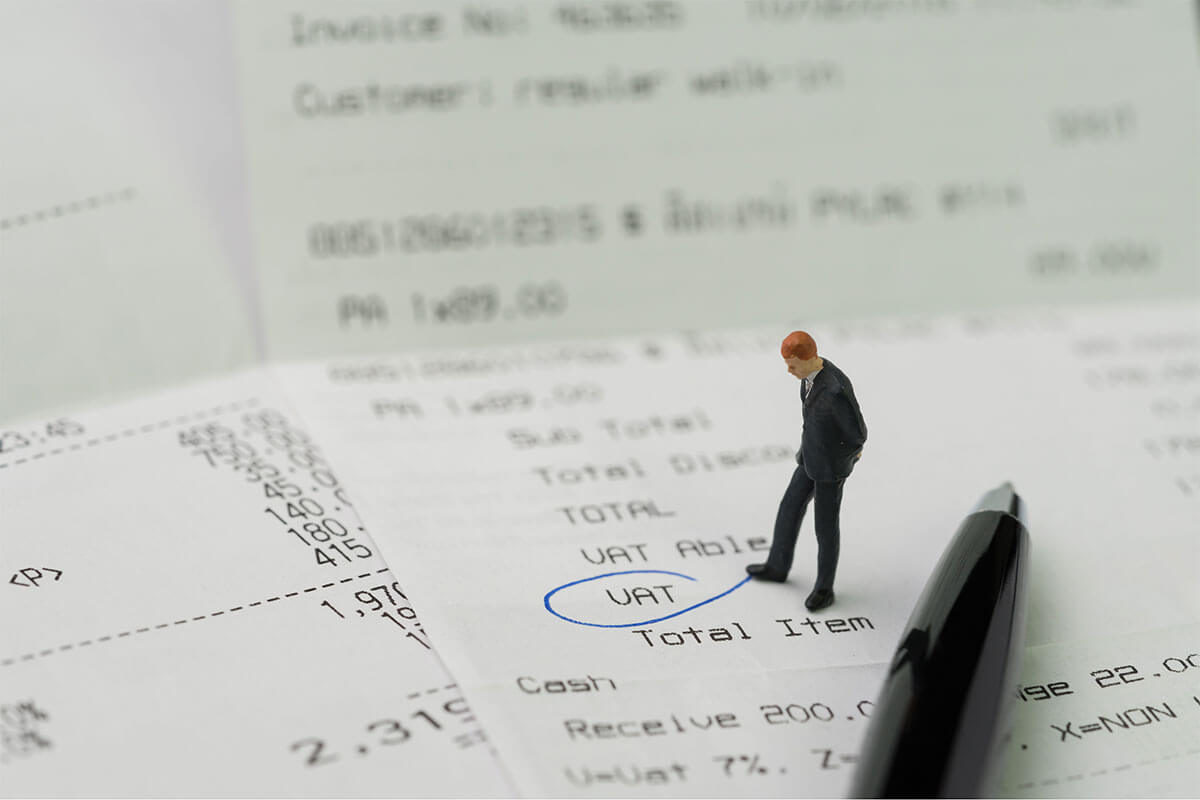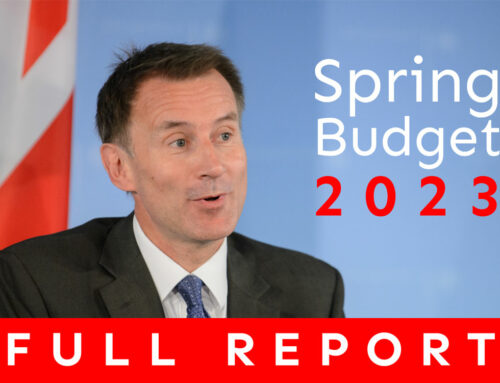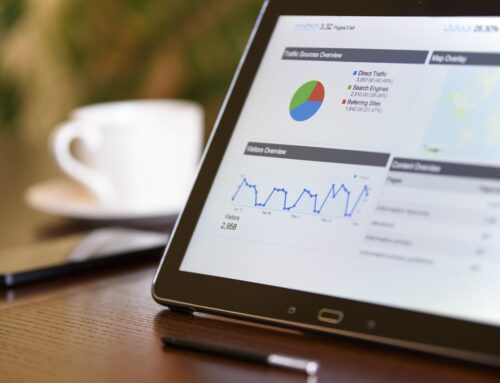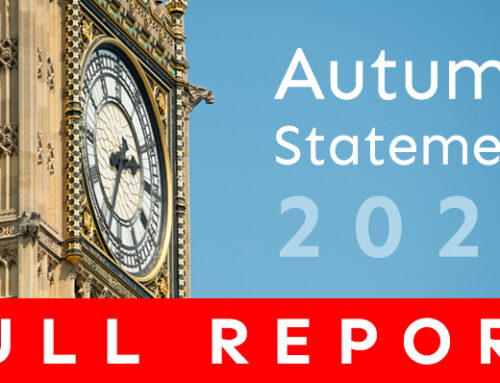VAT Flat Rate Scheme Explained
The flat rate scheme for VAT was introduced by HMRC in 2002 to make life easier for small businesses when accounting for VAT. The scheme’s name is often abbreviated to VAT FRS.
If you are not using the Flat Rate Scheme, the amount you pay to HMRC each quarter is the difference between the VAT you have charged to your customers and the VAT you can reclaim on your supplier bills. You’d need to calculate this based on every transaction you make.
Limited companies that turn over less than £150,000, excluding VAT, in any financial year are eligible to use the Flat Rate Scheme. Once in the scheme, you won’t be forced to leave until VAT inclusive turnover exceeds £230,000.
The scheme is designed to save businesses time
rather than cash. When you are using the Flat Rate
Scheme, you still charge VAT to your customers in
the normal way, but you pay HMRC a percentage of
turnover, rather than working out the VAT on all
purchases.
The percentage depends on what your
business’s trade is and if you have limited
expenses. You can
check your rate on the HMRC website.
You can’t reclaim VAT when you’re using the Flat Rate Scheme unless you buy certain capital assets costing over £2,000 including VAT.
Example:
Company A invoices £30,000+VAT in the quarter
and has minimal expenses. The company has been
trading and VAT registered for 6 months.
VAT inclusive turnover for the quarter is
£36,000.
Due to the minimal expenses, Company A is
classed as a ‘limited cost trader’ and therefore
the flat rate percentage is 16.5% (reduced to
15.5% as it is in the first year of being VAT
registered).
15.5% x £36,000 = £5,580.
The company has therefore collected £6,000 in
VAT from the client, and paid HMRC £5,580. The
£420 difference is then retained by the company
as additional profit.
Each company should consider the benefits of the scheme (such as simplicity for budgeting and VAT return preparation) with the downside of not recovering VAT on expenses (input VAT). Some companies will find the flat rate VAT scheme financially advantageous as well as simple, whereas others will find the standard scheme a better option.
As a Assure Accountants client, you will receive advice on whether the Flat Rate Scheme is right for you and get everything set up for you. Please do get in touch with any questions about FRS.




